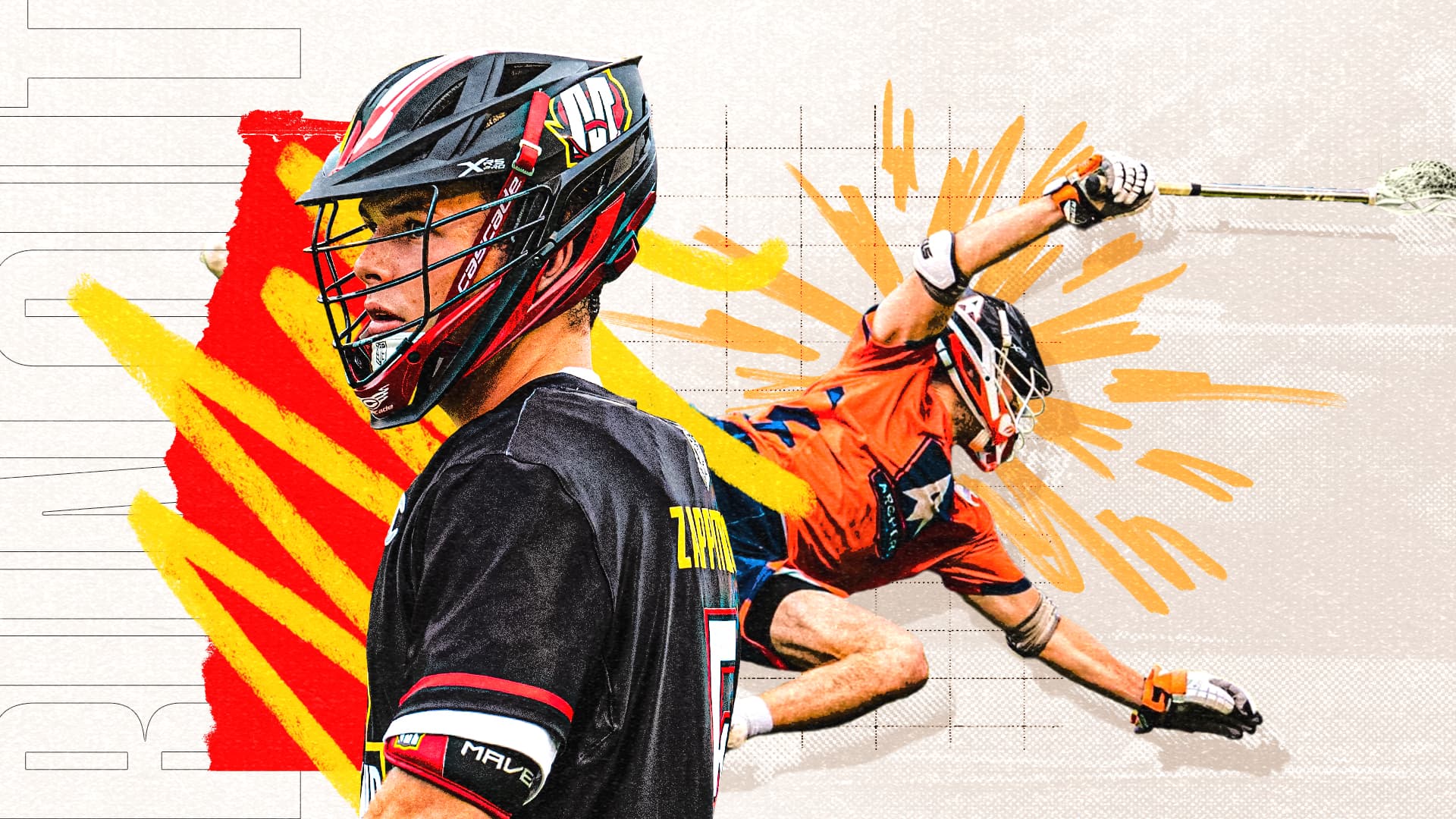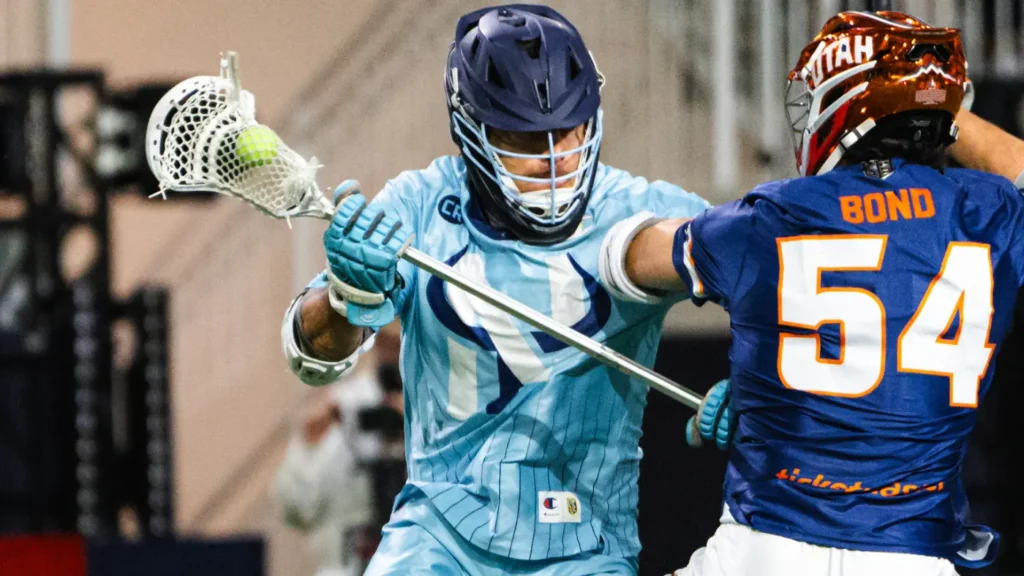Bring a friend to their first lacrosse game, and you’ll find yourself answering a dozen questions.
Why are some players carrying six-foot poles? Who can cross midfield and who cannot? Which team gets the ball when it goes out of bounds?
Most lacrosse fans can answer those questions in their sleep. But not many know why the rules are this way.
Ryan Danehy — the head coach at Mercer University — hasn’t missed a PLL Championship since the league’s inception. Every September, he’ll sit in the stands and answer those frequently asked questions. He’ll also share the story of the rules’ origins with nearby fans.
His favorite rule to explain: that possession after a missed shot is awarded to the team closest to the ball where and when it goes out of bounds. It’s a story he learned from his youth coach, Grant Whiteway II.
Whiteway has coached in Billerica, Mass., for decades. One of the most dominant Massachusetts Youth Lacrosse (MYL) programs, which feeds the town’s 2025 MIAA Division 2 state champion high school program. Billerica has produced several pros – including Danehy (BMHS ‘02), John Ortolani (BMHS ’05), Greg Melaugh (BMHS ‘09) and Boston Cannons short-stick defensive midfielder Jeff Trainor (BMHS ‘16). Each of them learned the rules – and the why behind the rules – from Whiteway.
“Grant would always talk about the Natives,” Danehy said. “He was always like, ‘Do you know why that rule is in place?’
In the traditional game, there were no out of bounds. Fields went for miles. Errant passes and missed shots had to be retrieved. When a shot went wide, a chase ensued. That race would last 10 yards, 100 yards or whatever it took until the players caught up to the shot. In theory, if you’re closest to where the ball goes out when it goes out in the modern game, you would’ve picked up the ground ball in a traditional game.
“I was like, ‘Holy [expletive] – that’s definitely the coolest rule in the game.’”
It’s the greatest rule — because it reminds us of a game without rules. Of the way the game was meant to be played. It’s a way to adjudicate an out-of-bounds play with minimal intervention from a rulebook or referee. By awarding possession to the player closest to the ball, the rule replicates the behavior of lacrosse played on a field without boundaries. It’s a way that we carry on that tradition.
“That is completely a remnant of the traditional game,” Dr. Thomas James Reed said. “Of no out of bounds. The goals being three miles across. Fifteen hundred versus 1,500. You’re going through the trees. You’re going around obstacles.”
Dr. Reed is a dual citizen of the United States and of the Oneida Nation. His Oneida name is “Lukwe’tiyó” (pronounced lah-gway-dee-oh), which translates to “He is a Good Man.” Last weekend, Reed returned home for the 51st Annual Oneida Pow Wow, where they played a traditional game. This year’s game (played as a series of “first to three wins” contests) ran for five hours with 15 players a side.
“Expansive” is the word that Dr. Reed uses to describe the fields on which traditional games are played. Anything – and anyone – in the area can be used as an advantage or for strategy.
“If the ball goes over next to a herd of people, players are running in there. The game continues,” Dr. Reed said. “There’s no stop in play – you just keep going.”
Dr. Reed’s team won 9-8. More important than the result was the effort that went into it.
“We’re taught that – win or lose – you’re playing as hard as you can for the Creator,” Reed said.
Effort is rarely as easy to see as it is when players are racing toward a missed shot. Run outs are celebrated as one of the greatest hustle plays in lacrosse. High school programs across the country give out game balls to players who back up missed shots. Maryland calls them “Terp plays.” The Utah Archers call them “‘What it takes’ plays.”
“Those are the things that win games,” Whiteway said.
Most missed shots are quickly backed up by the offense. Shots screaming 90 mph toward the end line don’t give time for a chase. But when the grass is wet or the shooter’s motion is altered, defenders have a chance to outhustle their opponent.
The few seconds between a lacrosse ball ringing off the pipe and it rolling out of bounds are among the most exciting in any sport. Offensive and defensive players swivel their heads to locate the trajectory of the ricochet, then race toward the “where and when” spot. A last-second arm extension – or dive – is often the difference between a fresh shot clock for the offense or a clear attempt for the defense.




